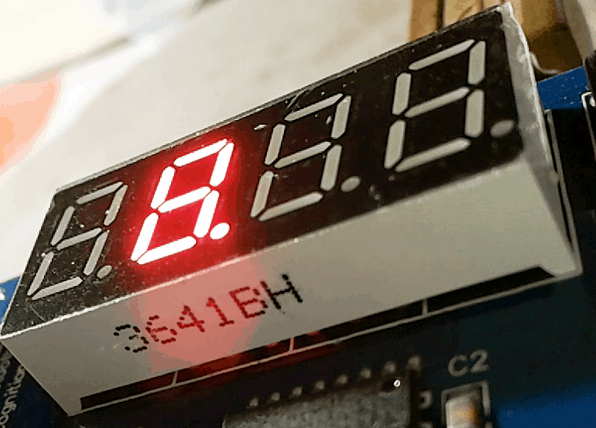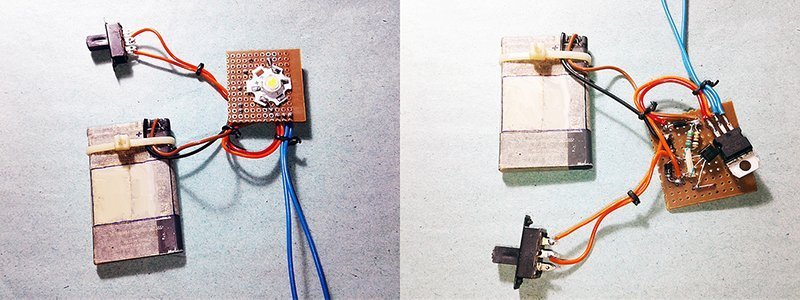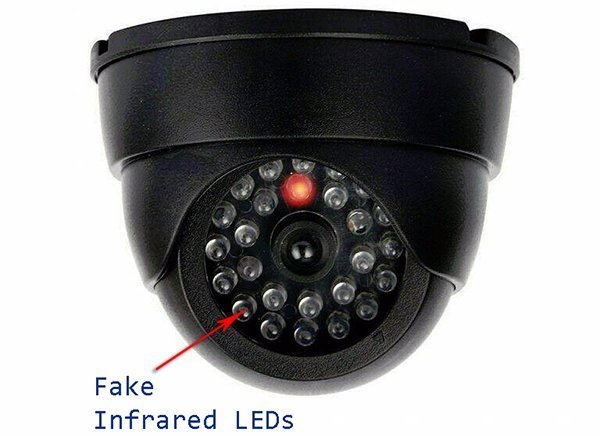Lady Beetle LED is nothing but a little automatic model toy light, may be a nice Xmas gift for your loved companion. Here’s its tried and tested circuit diagram:
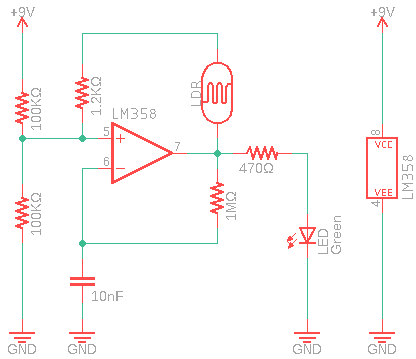
As you can see, the circuit is a simple LED flasher wired around one-part of the cheap op-amp LM358, runs on a standard 9V (6F22) battery. There’s a photo-resistor (LDR) in the circuit for harmonizing the LED with ambient light level. After construction of the entire circuit on the fleck of a small veroboard, enclose it (with battery) in any ladybug toy model. Usually, the LED remains lit in extreme darkness but starts flashing when light falls on the LDR.
The LED may blink at a slow rate or fast rate that depends heavily by the intensity of the light falls on the LDR. You can tweak that rhythm by altering the value of 1.2K resistor in the LDR path. Note that the LDR always wanted to get away from the LED. After initial power up, lady beetle might take a few seconds to ‘warm-up’, hope that could never affright you!
Author tested his prototype with one 6F22 9V battery, and observed the following:
| LDR (Light Level) | LED (Wink Rate) | Pin 1 (LM358) |
|---|---|---|
| 0 lux | Steady (zero wink) | - |
| ~ 10 lux | Fast | ~ 30Hz / 60% |
| ~ 200 lux | Slow | ~ 10Hz / 48% |
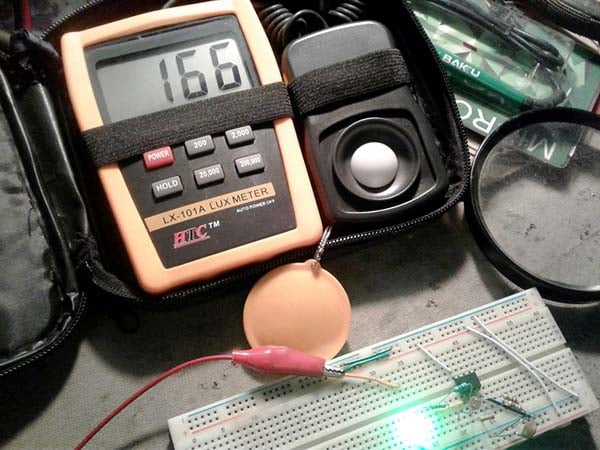
This one is a quick design, and hence the results perhaps will not be satisfying. Be prepared to tinker the basic idea to start the fun, and learn more, as well.


